A stroll through Swiss history at Geneva’s Cemetery of Kings
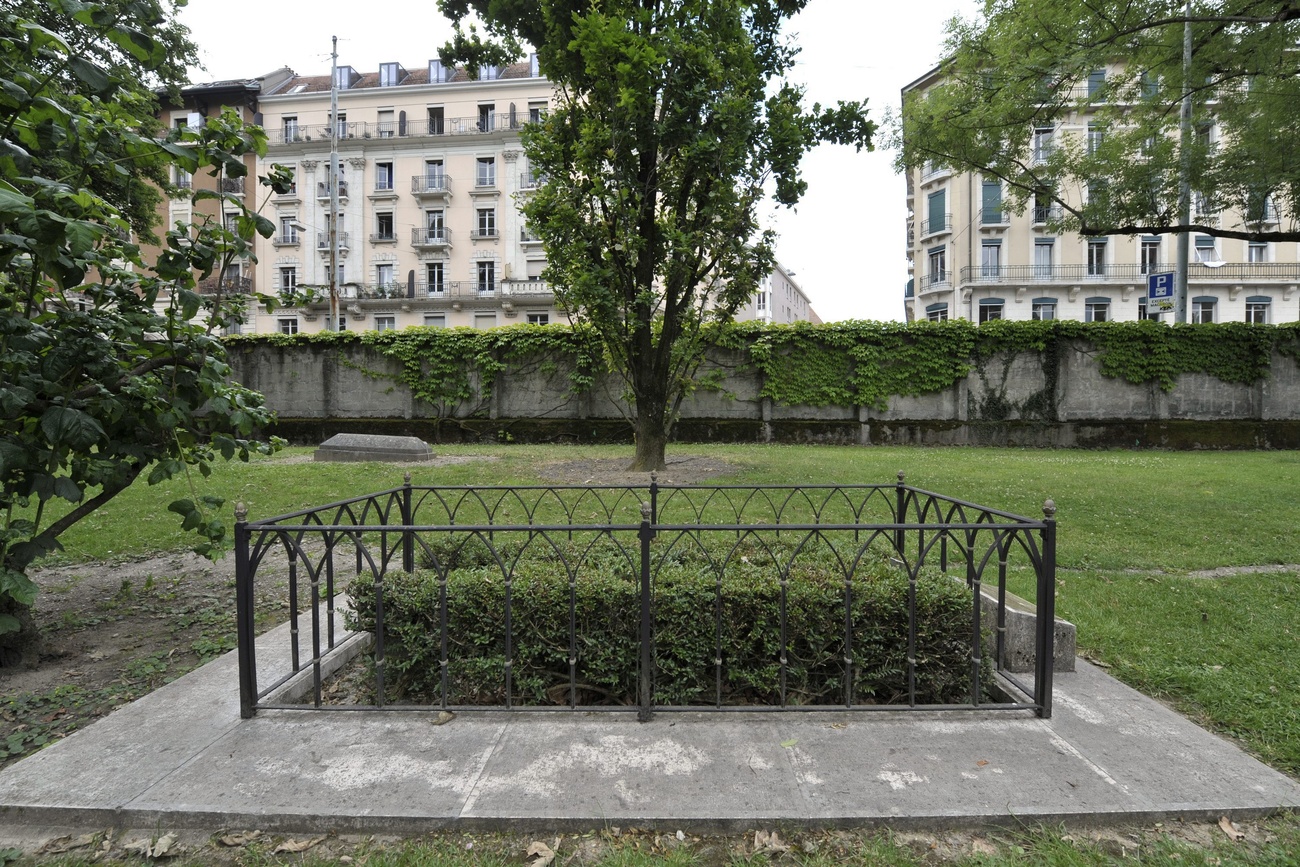
Created in 1482 as a resting place for victims of the plague, the Cimetière des Rois (Cemetery of Kings) is the oldest existing cemetery in Geneva. Its graves hold many of the figures who helped shape modern-day Switzerland.
Officially named Cimetière Plainpalais (Plainpalais Cemetery), this has long been known as the Cimetière des Rois not because any kings are buried here, but because it borders the Rue des Rois. Instead of royalty, this lovely little burial park in Geneva’s Jonction quarter is the final home of numerous Swiss and international luminaries, which is why it’s also called the Panthéon Genevois (Geneva Pantheon).
The cemetery’s original inhabitants had been patients at the city’s adjacent Plague Hospital. Today those unfortunates and the hospital are long gone, and it’s hard to imagine what a grim place it must have been.
Now, it’s a verdant little park (2.8 hectares), not a grid of manicured graves, but large grassy areas criss-crossed by white gravel walkways shaded by shrubs and trees. The landscapers let the grass grow longer than you might expect, and they resist over-pruning the shrubs. Benches offer comfortable places to sit and contemplate. One provocative bench is bookended and covered by two vertical question marks. Recently, a mother and her toddler sat there munching pretzels. She brings her boy here every week because “it’s calm, the trees are beautiful, the benches are comfortable, and there’s no dog poop,” she said in French. They live ten minutes away.
The cemetery feels like a rural park – a park that’s beautiful above ground, and fertile beneath with its many great minds and hearts.
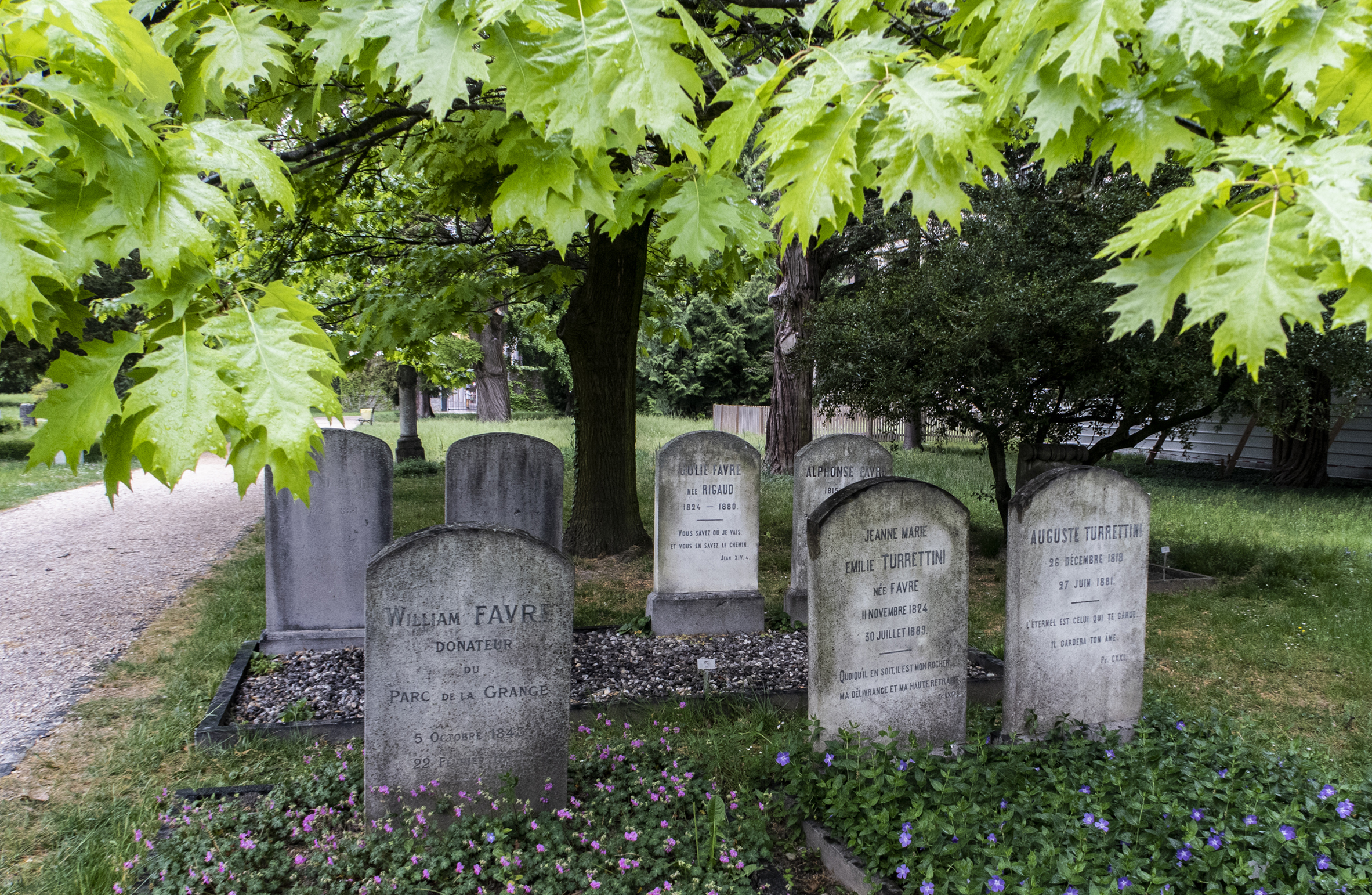
Probably the most widely known person entombed here is a Father of the Protestant Reformation, John Calvin (1509-1564). However, exactly where he’s buried on these grounds is a secret because he feared that his burial plot would draw unwelcome attention from zealots who came to venerate him and others, maybe carrying shovels, who had less-loving intentions. Nevertheless, in 1999, against the wishes of many, a local politician pushed through the creation of a suitably humble plot marked with a plaque. Is Calvin actually buried here? No one knows, supposedly.
Perhaps the puritanical theologian is even buried near Switzerland’s most famous sex worker, Grisélidis Réal (1929-2005). As a firebrand speaker and author, and proud prostitute, Réal was an eloquent defender of her colleagues and of women’s rights. Her grave’s striking headstone is a grey polished stone disc about a metre tall subtly carved with the unmistakable lines of a navel and what lies just below.
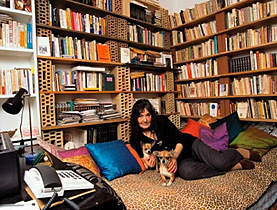
More
“Revolutionary whore” to rest alongside Calvin
Among the other writers buried here is literary giant Jorge Luis Borges (1899-1986). The Argentine author’s rough-hewn headstone could be that of a Viking warrior. The inscription on the front, beneath a chiselled group of warriors, is a line from the Old English poem, “The Battle of Maldon”, which Borges translated. It reads: “And ne forhtedon na” (“Be not afraid”).
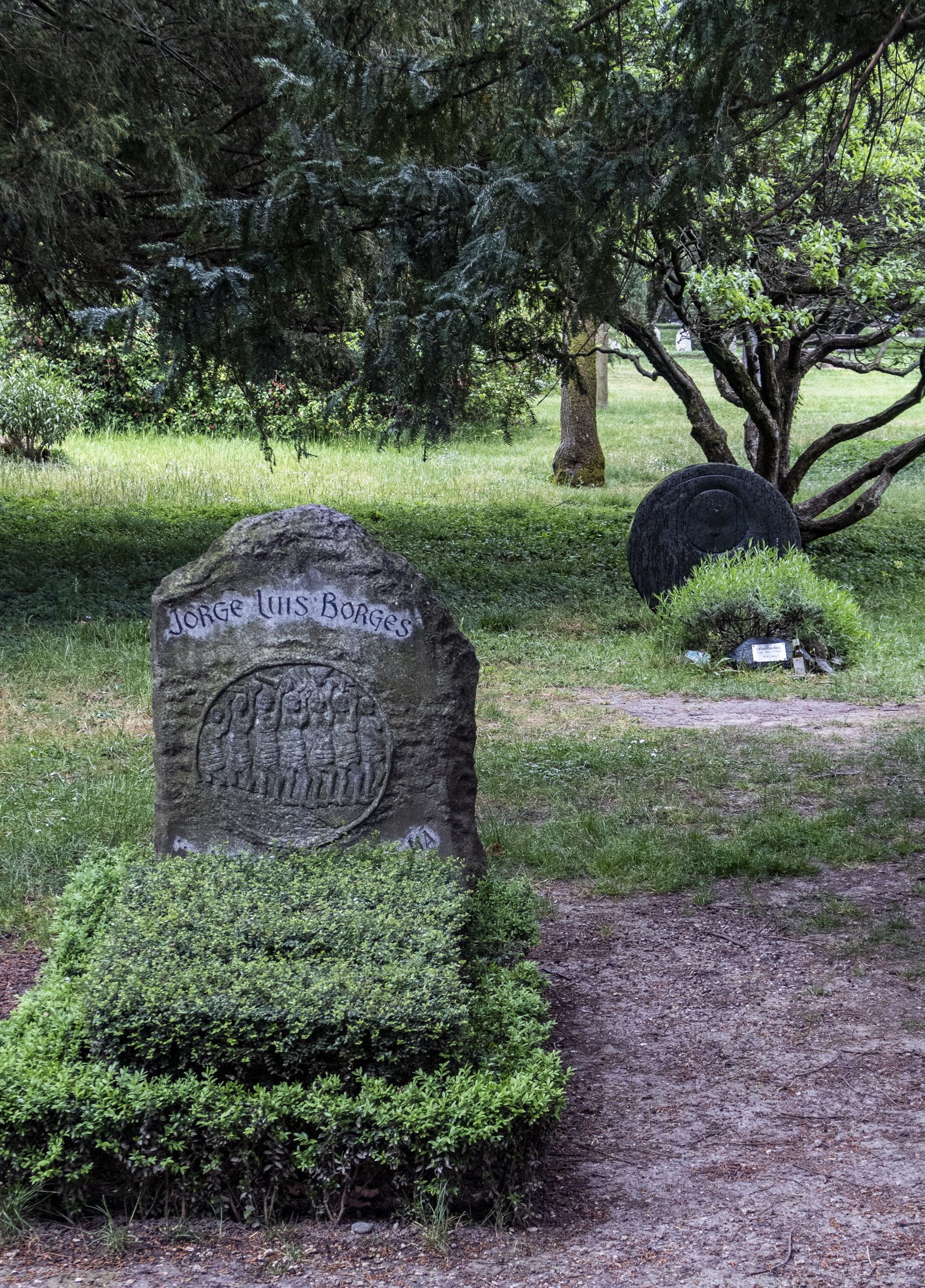
Swiss personages from the arts are well represented among the 300-plus graves and in the columbarium. They include actor François Simon (1917-1982), painter and printer Alexandre Calame (1810-1864), composer Frank Martin (1890-1974), poet Simone Rapin (1901-1988), publisher and diplomat François Lachenal (1918-1997), and others who distinguished themselves in the arts.
Also buried here are a number of prominent Swiss figures who made their mark in politics, diplomacy, journalism, science and culture. These include child psychologist and epistemologist Jean Piaget (1896-1980), Red Cross co-founder Gustave Moynier (1826-1910), General Guillaume Henri Dufour, co-founder of the Red Cross and early champion of what would become the Swiss flag (1787-1875), Augustin Pyramus de Candolle, creator of Geneva’s Botanical Garden (1778-1841), and William Favre, army officer, adventurer and city councillor who donated to the city the land that is now Parc La Grange, Geneva’s largest park (1843-1918).
Just imagine the heavenly conversations that the ghosts of all these accomplished residents might have, arising in the wee hours each night to float their ideas and ideals among themselves.
Would you like to lie among them one day? Sorry, you probably can’t, according to city regulations – not unless you have shown yourself to be a “magistrate” or noteworthy “personality” who has significantly contributed to Geneva. The last person to be buried in a grave in the Cimetière des Rois was choreographer Noemi Lapzeson, interred in January 2018. She helped found the Association of Contemporary Dance in Geneva.
The cemetery’s amazing variety of memorial markers makes it a sculpture garden: a rugged mountain some three metres tall for former Swiss president Georges Favon (1843-1902), two incredibly detailed supple hands rising from a stone at ground level for François Simon, a 1.6-metre tall, svelte bronze “bird of paradise” for Simone Rapin, an enormous red marble book for man-of-letters Paul Fabien Perret-Gentil (1895-1973), the intense visage of sculptor Pedro Meylan (1890-1954), who himself created a sculpture here, the bust of socialist politician Léon Nicole (1887-1965).
One of the most intriguing markers is the least visible and most humble: a simple cement body-size frame arched at the top, filled with a flat bed of loose, rounded river stones. No headstone, no dates, nothing to identify who lies here but a number: 609. You can learn monsieur’s name by consulting the list of graves outside the office. Adolphe Turner. Anyone could take a stone from Monsieur Turner’s grave and put it in their pocket. Does anyone? Do the caretakers sometimes replenish the stones? Who was Adolphe Turner? Someone who preferred to remain anonymous? You might find yourself wondering such things during a contemplative stroll along the cemetery’s paths.
Well-wishers sometimes leave little gifts by certain graves. Recently, a few poems were leaning against Señor Borges’ headstone. Madame Réal’s nearby grave was decorated with a clamshell, beads, an empty wine bottle, a booklet and pen. What might be written in that little book? What might you write?

The cemetery is shaded by trees and shrubbery, so many varieties, so many shapes and sizes of things growing while letting shafts of sunlight through, giving colour and volume and a place for birds to perch and sing. Here the seasons are amplified. This past winter, Geneva had only a few flurries of snow, but these dampened the city sounds and added a lacey delicacy to the little park. Now, in summer, warming breezes and rain put graveside plants and flowers aflutter.
Then autumn will come again. This might be the most evocative season to visit: the rich shimmering leaf colours deepening after they fall yellow onto the graves and the grass, their mustiness as they turn brown and brittle, blown aside, crumbling underfoot, becoming soil.
The Cimetière des Rois is open every day, 7:30am to 7pm.
Correction: A previous version of this article stated that the Red Cross founder Henri Dunant was buried at the cemetery. This is incorrect. It was co-founder Gustave Moynier.
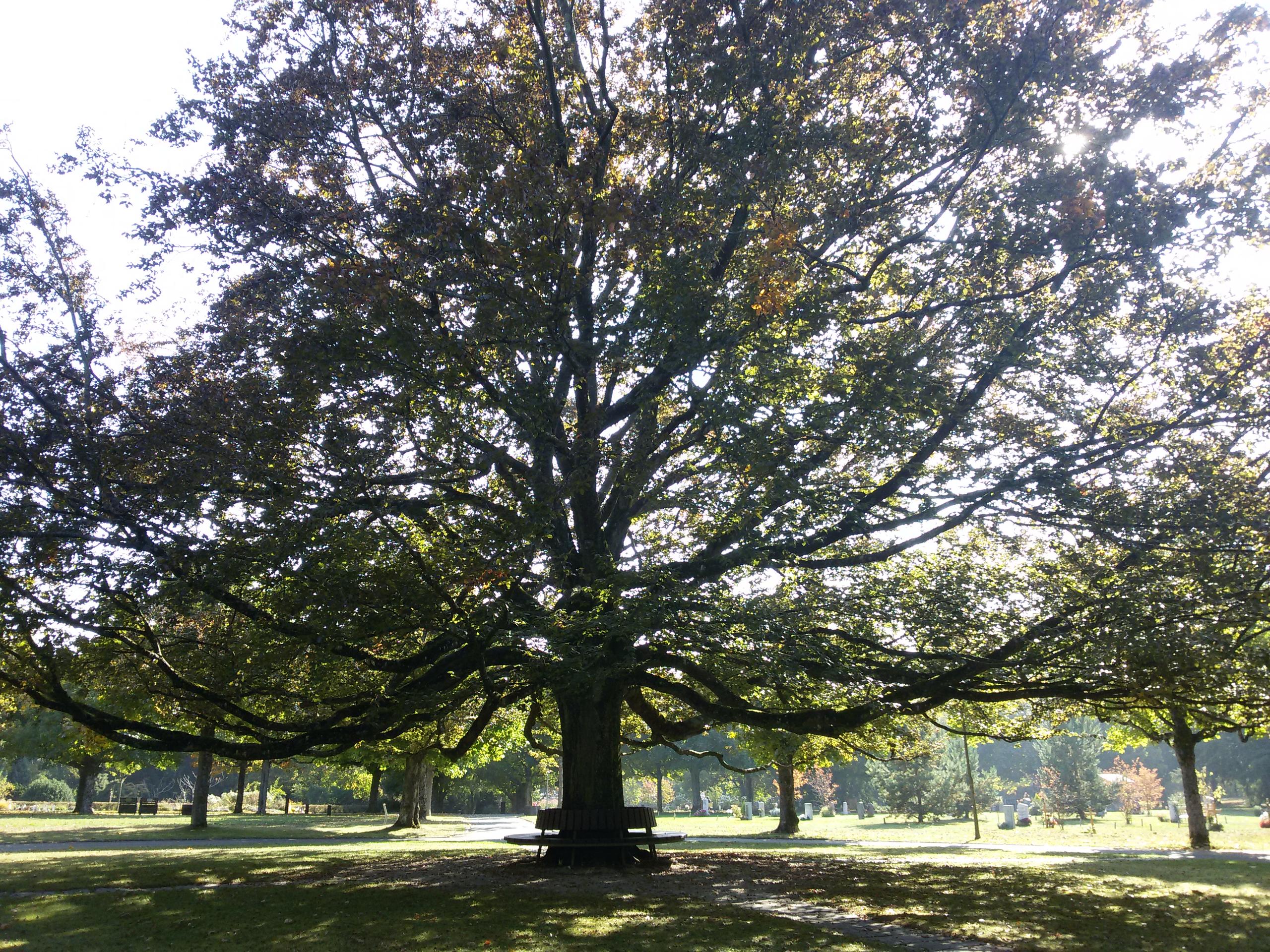
More
‘Livable’ Swiss cemetery caters to all faiths
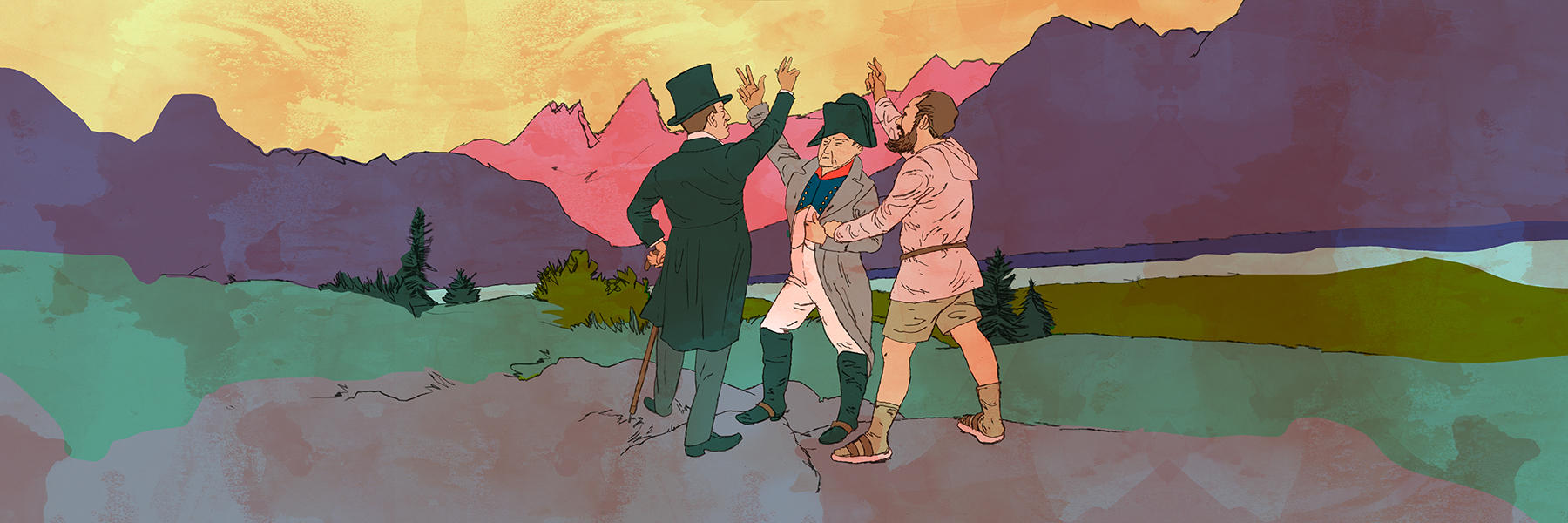
More
How Switzerland became Switzerland: the main chapters of the country’s history up to 1848

In compliance with the JTI standards
More: SWI swissinfo.ch certified by the Journalism Trust Initiative









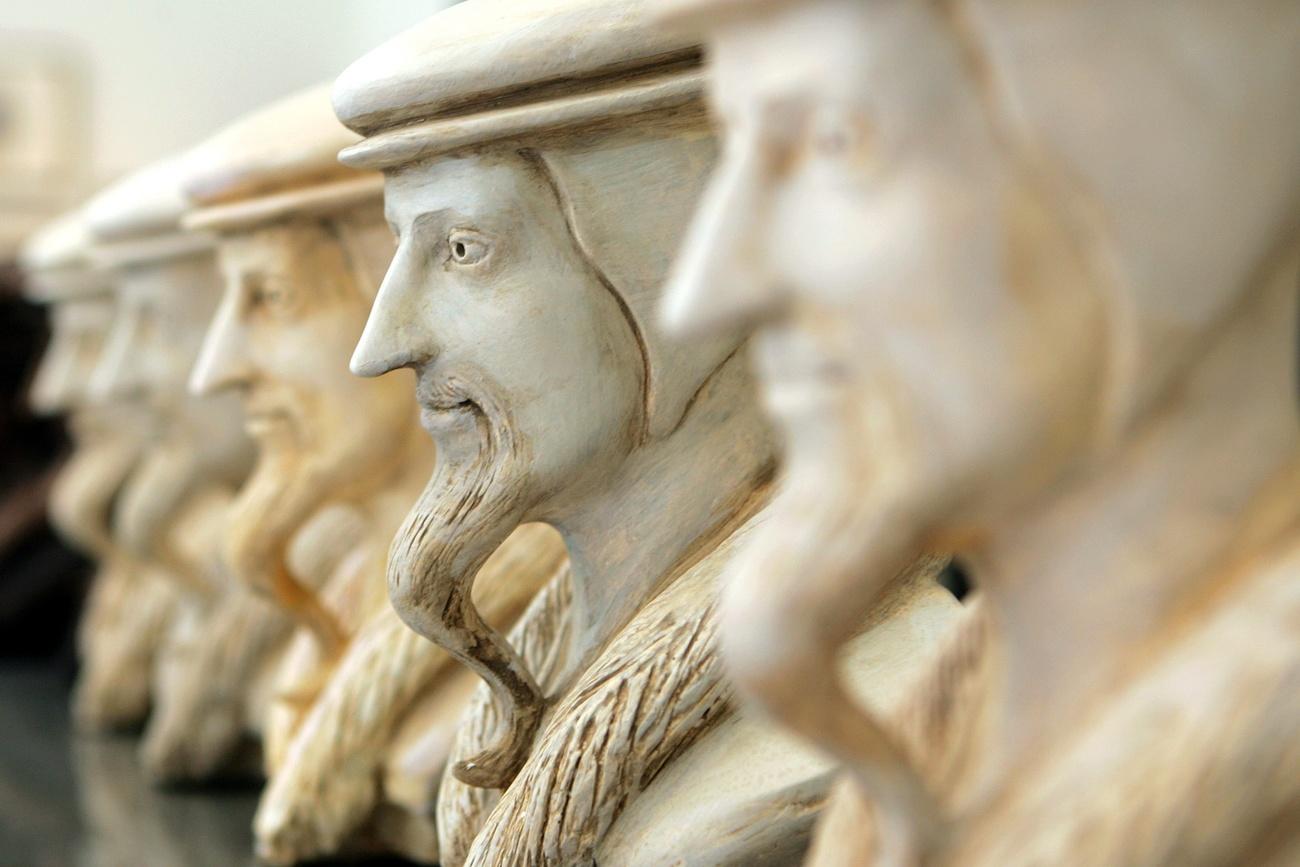

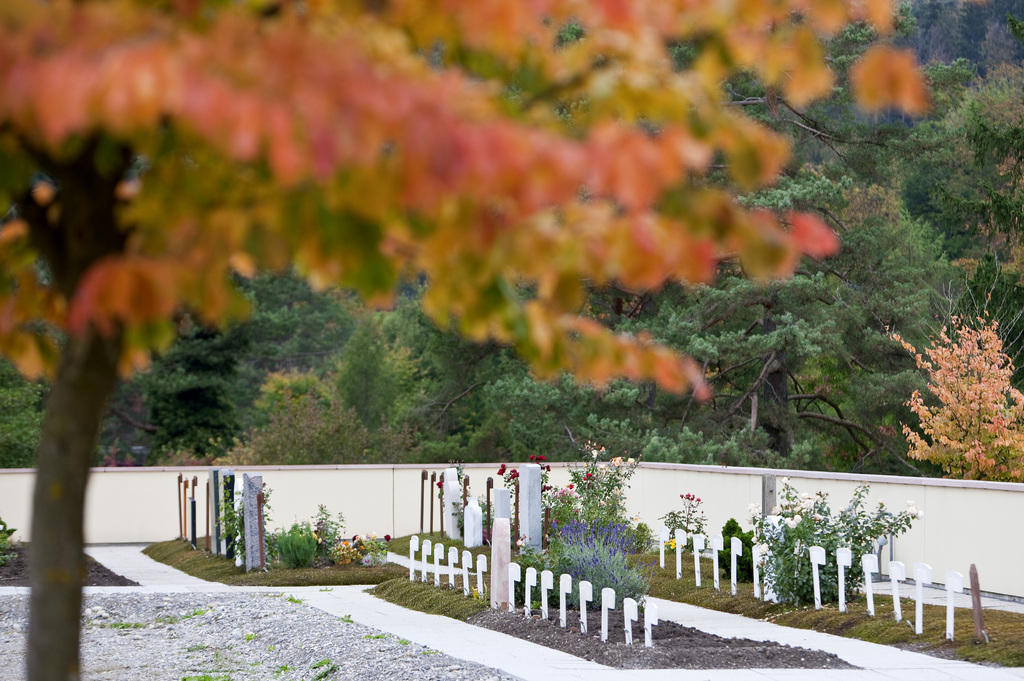



You can find an overview of ongoing debates with our journalists here . Please join us!
If you want to start a conversation about a topic raised in this article or want to report factual errors, email us at english@swissinfo.ch.